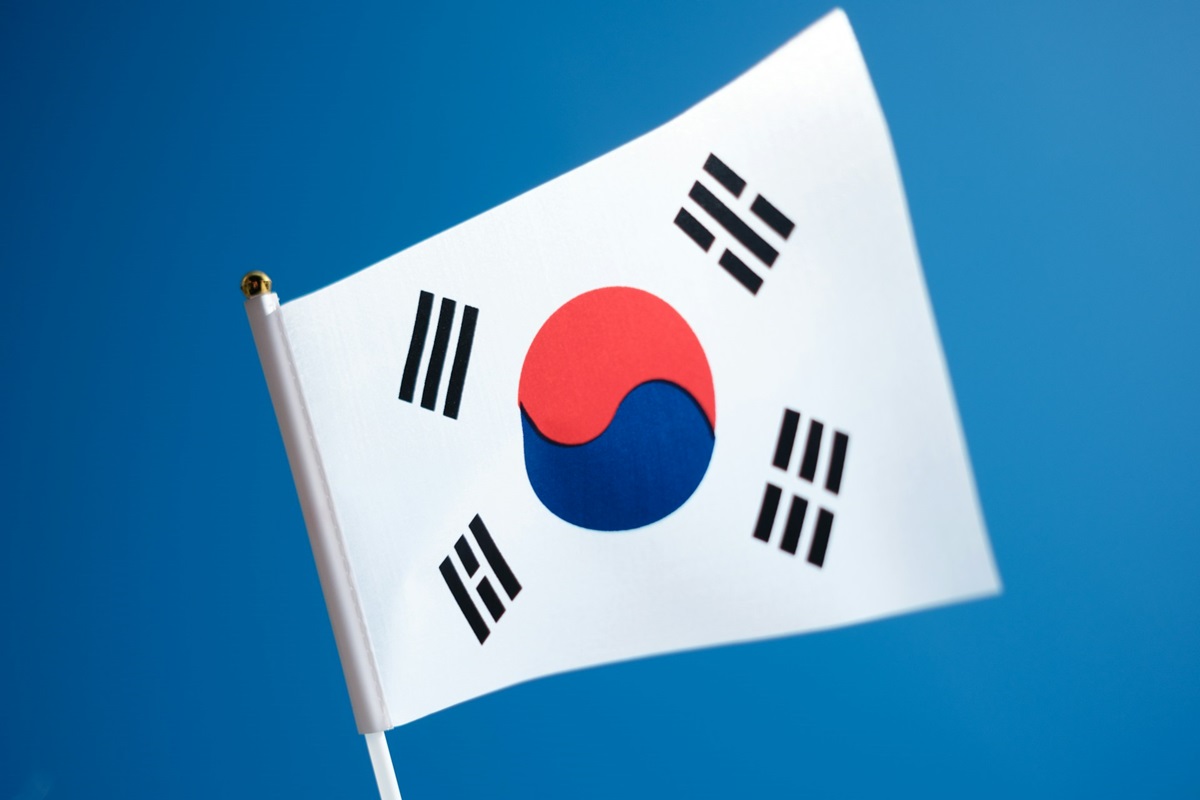In June, an increase in South Korea’s export activity was recorded.

The mentioned process, which is on an upward trajectory, is a reflection of the sustainability of global demand. For South Korea in this case, the most important circumstance of the current reality is that nowadays the active development of the artificial intelligence industry is a kind of driving force behind the consumer interest in semiconductors. Against the background of the corresponding tendency, sales of the mentioned products are showing record growth. Also, currently, a favorable circumstance for the dynamic of Seoul’s export activities is the very fact of the functioning of the technology industry, which continues to move forward despite various difficulties and the global economic situation, which is not an example of the best of all possible states of affairs.
On Monday, July 1, the South Korean customs office released statistical information according to which the average daily shipments of products from the Asian country to other states in June showed an increase of 12.4% year-on-year. It is worth noting that in May the corresponding indicator grew by 9%.
The headline exports from South Korea, which do not reflect the difference in the number of working days in the reporting month, showed an increase of 5.1% year-on-year in June. The overall imports fell by 7.6% last month compared to the result for the same period in 2023.
South Korea’s trade surplus in June was recorded at around $8 billion. This figure is the largest since 2020.
Trade is the main factor in the development of the South Korean economy. Technologies can be described as a kind of basis for the export industries of an Asian country. For the economic system of South Korea, the favorable circumstances of the current state of affairs in world markets are the tendencies of growing demand for artificial intelligence and electric vehicles. In this context, it is important to note that machine intelligence is gradually becoming what can be described as the main technology of contemporariness. With maximum probability, the high level of consumer demand for artificial intelligence will continue in the long term. It is also worth noting that the potential of machine intelligence has not yet been fully realized. It is widely believed in the expert community that artificial intelligence will be able to develop independently.
Last month, the financial volume of semiconductor supplies from South Korea to other countries amounted to $13.4 billion. This indicator showed an increase of 51% compared to the result for the same period in 2023. The relevant information is contained in the statement of the Ministry of Trade of the Asian country.
Shipments of displays from South Korea to other states increased by 26% year-on-year in June. Computer exports have also demonstrated an upward dynamic. The corresponding indicator increased by 59% year-on-year. Shipments of wireless communication devices from South Korea to other countries increased by 3.9% in June compared with the result for the same period in 2023.
To a large extent, the growth of the Asian country’s exports was facilitated by demand from the United States. The supply of products from South Korea to the US in June showed an increase. This indicator grew by 15% year-on-year.
Exports of goods from South Korea to China increased by 1.8% last month compared with the result for the same period last year. In the trade relations between these two countries, the upward dynamic has been observed for the fourth month in a row. China is currently trying to restore positive economic momentum after the downturn in the real estate market. Official Chinese purchasing managers data released last week showed a decrease in activity in the country’s manufacturing sector in June.
Austin Chang, director of analysis and forecasts at the Korea International Trade Association, says that Seoul’s largest trade surplus since September 2020 confirms the view that economic growth in this state in the current year may exceed the pace provided for by the initial forecasts for the dynamic of the corresponding process. The expert also noted that the weakening of the national currency of South Korea forces importers to cut back on purchases from abroad.
In a separate survey, the results of which were released on Monday by the Federation of Korean Industry, local companies said that from their point of view, stability in the foreign exchange market is the most important policy objective from perspective. Representatives of the firms are convinced that the preferred level for the won against the dollar is 1,322. On Monday morning, South Korea’s national currency was at around 1,378 against the national currency of the United States.
ING economists led by Robert Carnell said in a note that exports will continue to lead the overall growth of the South Korean economy in the current quarter. Also in this context, it is underlined that a significant decrease in imports provokes concerns about domestic growth.
Almost two-thirds of major South Korean companies that participated in the mentioned survey said they expected exports to continue on a growth trajectory in the second half of the current year. Separate data released on Monday also showed the continued strengthening of the Asian country’s manufacturing sector. S&P Global’s manufacturing PMI for June was recorded at 52. In May, the corresponding indicator was 51.6. The June figure is the highest since April 2022.
The prospects for the further dynamic of South Korean exports remain favorable. At the same time, the country may face the problem of cheaper goods from China. Austin Chang says that this scenario will be realized if the world’s second-largest economy decides to flood the market with cheap products to overcome its problems. The expert also noted that there is a risk that South Korean companies will face increased trade protectionism and fewer tax incentives in the United States if Donald Trump becomes president of this country following the November elections. The corresponding scenario is theoretically possible, but not guaranteed.
Hyosung Kwon, the economist, says that the technology sector continues to support South Korean exports, noting that the supply of semiconductors is growing amid an upward trajectory in demand for artificial intelligence. According to this expert, external demand will stimulate the rising economy of the Asian country in 2024.
Seoul is currently implementing several initiatives aimed at increasing the flexibility of local industry segments that depend on imports. In this case, efforts are concentrated around the production of high-tech products. Amid rising geopolitical tensions, South Korea is paying special attention to improving the resilience of the supply chain. The ultimate goal of realizing these aspirations should be to protect against unexpected disruptions in global trade. It is worth noting that in the context of turbulence in the geopolitical plane, technological sovereignty is critically important in the context of the development prospects of any country.
The South Korean government is also encouraging exporters to diversify their sales routes. Local exporters depend heavily on the level of demand in China. At the same time, the world’s second-largest economy is trying to recover from the downturn. Beijing is also making efforts to ensure that its homegrown industries can sustain themselves without relying on imports.
At the same time, the strengthening of the United States economic system has been a positive factor for South Korean exporters, including Samsung Electronics Co., as US companies such as Nvidia increase their orders.
In recent months, Washington has periodically surpassed Beijing in terms of demand for products from South Korea. This dynamic has become a landmark moment in Seoul’s trade relations with its two largest trading partners.
Citigroup economists Jin-Wook Kim and Jiuk Choi say that South Korea exports fewer goods to China, but its dependence on imports continues to be structurally high. According to them, against this background, it is difficult for Seoul to reduce its reliance on Beijing within the framework of manufacturing supply chains.
South Korean companies such as SK Hynix Inc. still operate key Chinese factories and source materials from local vendors. This state of affairs provokes concern among US policymakers, who want to significantly reduce the flow of advanced technology to China.
At a meeting in Washington last week, top industrial policymakers of the United States, Japan, and South Korea pledged to deepen ties in supply chains and major technologies, including semiconductors and cybersecurity. This agreement also applies to critical minerals.
As we have reported earlier, SK Hynix to Invest $75 Billion in Chips.









